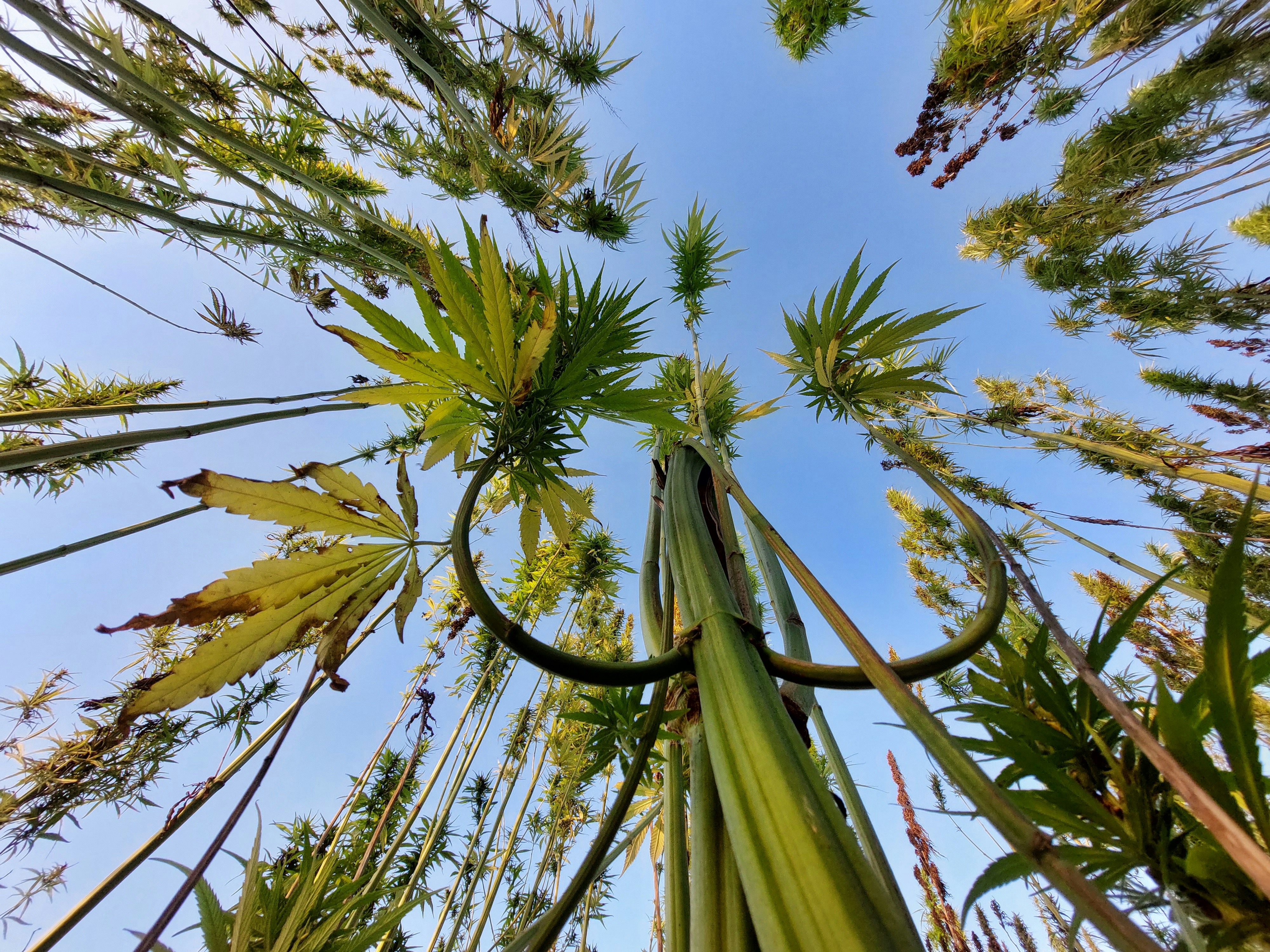Your basket is currently empty!
Introduction to High-Altitude Cannabis Breeding
Cannabis cultivation has evolved significantly over the years, with growers increasingly recognizing the benefits of cultivating seeds bred at higher altitudes. These cannabis seeds, which thrive in environments characterized by harsh conditions, demonstrate enhanced hardiness and resilience. But what is the science behind these advantages?
Environmental Factors and Seed Development
Altitude affects several environmental factors critical to plant development, including UV radiation, temperature, and oxygen levels. At higher altitudes, cannabis plants are exposed to increased UV rays, which can boost the production of protective compounds like cannabinoids and terpenes. These compounds enhance the plants’ flavor, aroma, and medicinal properties, making high-altitude strains particularly sought after.
The Genetic Resilience of Altitude-Bred Seeds
Plants bred at altitude often exhibit superior genetic traits. The intense conditions encourage the natural selection of plants that can withstand temperature fluctuations and limited resources. For instance, many high-altitude cannabis strains show enhanced resistance to pests and diseases, making them more sustainable in various growing environments. Furthermore, studies suggest that these plants have developed physiological traits allowing them to conserve water, an advantage in arid conditions.
Conclusion
In conclusion, cannabis seeds bred at altitude offer unique benefits that make them more hardy and desirable for growers worldwide. Understanding the science behind their development can help cultivators make informed decisions about their growing practices and strain selection. As research continues, the knowledge of how altitude influences cannabis cultivation will undoubtedly expand, paving the way for more resilient varieties tailored to diverse environments.
